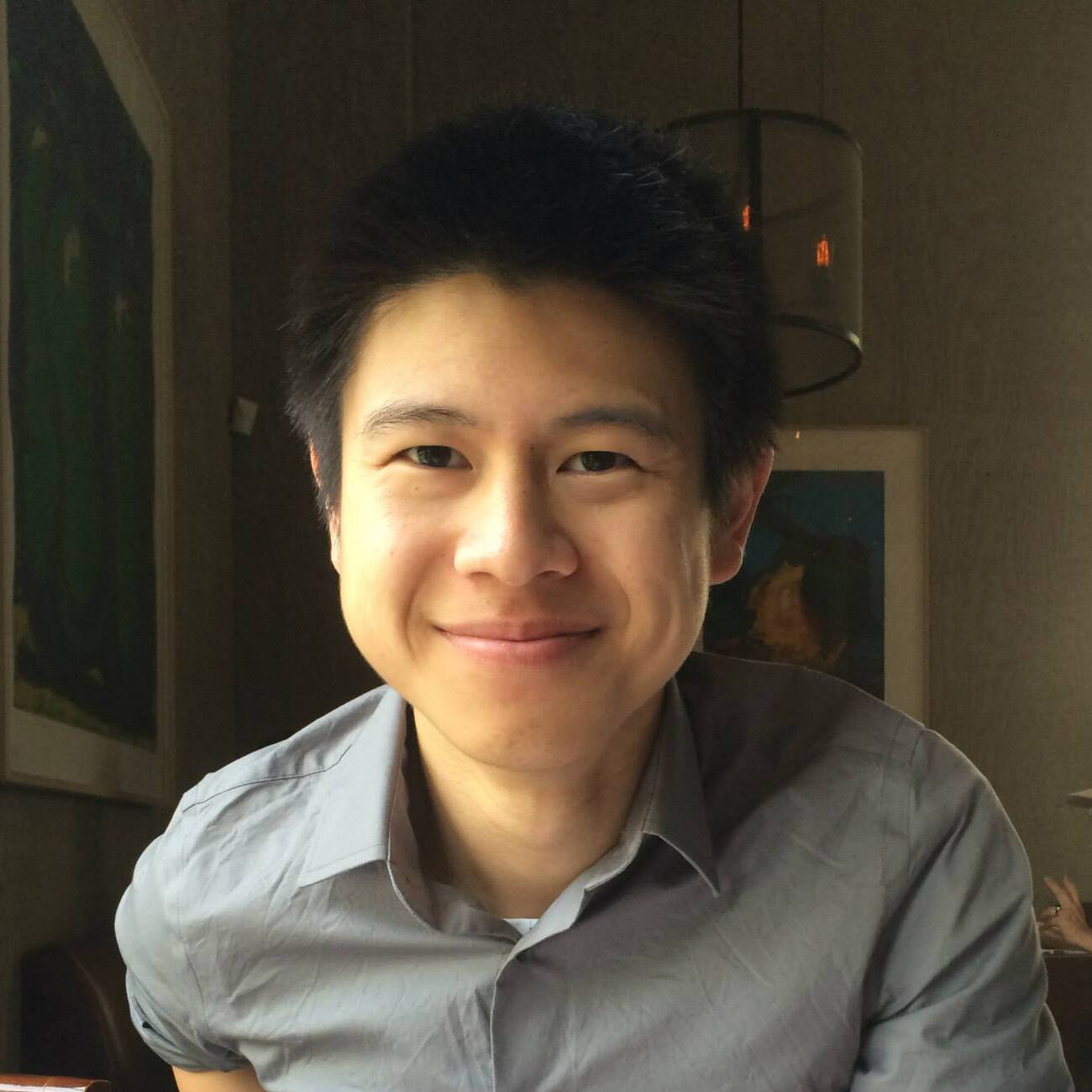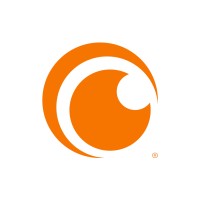Productivity: When do I eat the frog vs. prioritize low time intensity tasks?
I enjoyed the productivity course here a lot, but one part felt paradoxical to me. When prioritizing tasks, I understood that the recommendation was to rate lower time-intensity tasks higher. Still, later in the course, it mentioned eating the frog and getting the big tasks done to minimize risk.
Is this a macro vs. micro thing where high-impact, low-time commitment projects should be prioritized, and then, once decomposed, focus on the riskier tasks? Is it based on what can be parallelized? Or, is it something else entirely?
Thanks in advance!
Discussion
(2 comments)- 3
 a year agoAlex ChiouTech Lead @ Robinhood, Meta, Course Hero
a year agoAlex ChiouTech Lead @ Robinhood, Meta, Course HeroGood question! Lower time-intensity tasks should only be prioritized higher if the impact is there. If something is high-impact with low time commitment, that is a no brainer (the classic low-hanging fruit). But those rarely exist in an organization, especially at a larger, more mature company like Crunchyroll. Low time commitment with medium impact also become quite rare over time, especially in Big Tech where doing almost anything has a cost due to politics and red tape.
What's more likely is that you'll have a bunch of tasks that don't take much time but also don't have much impact. These are often quality of life improvements (e.g. let's make this button a little bigger so the user can click on it easier). For those sort of "snack" tasks, I recommend doing them later in the day during a break-like period. The classic time is right after lunch. You are semi-emerging from a food coma so your brain isn't 100% turned on, but "snack" tasks tend to be low complexity so that's not a problem. After you do the "snacks" to build up your momentum, you can go back to the big task.
If this doesn't make sense, please let me know - Happy to dig in further!
- 1
 a year agoSoftware Engineer III [OP]Crunchyroll
a year agoSoftware Engineer III [OP]CrunchyrollThat makes a ton of sense, thanks for the clarification. Thanks, Alex!